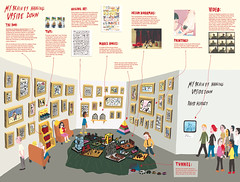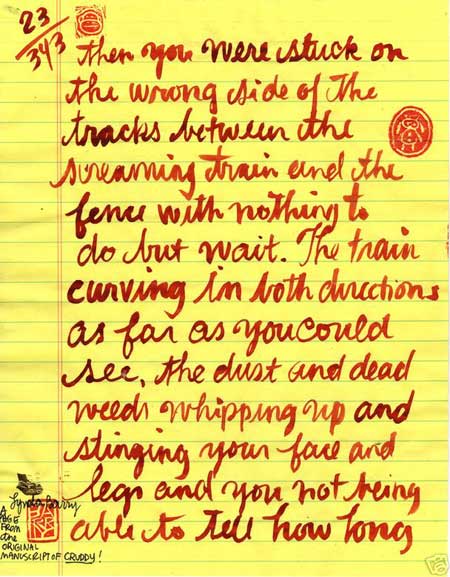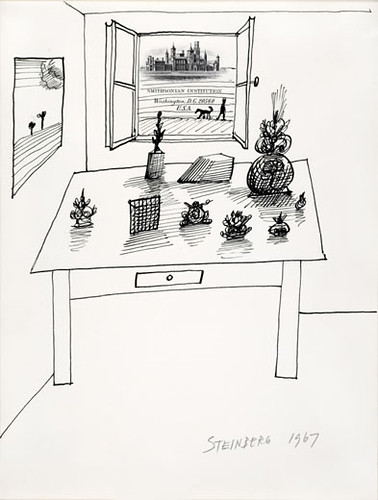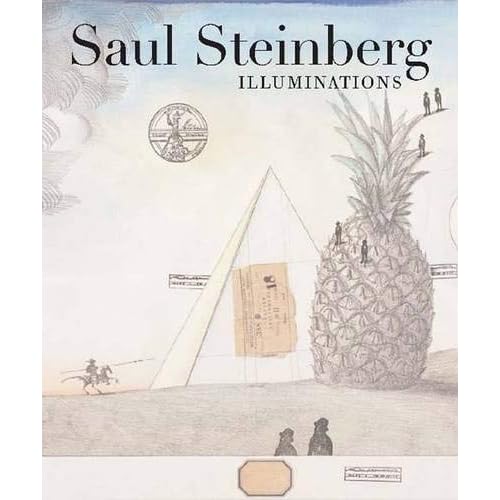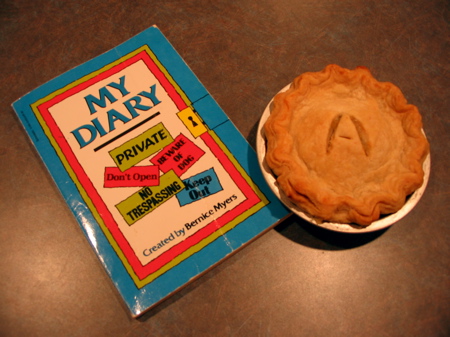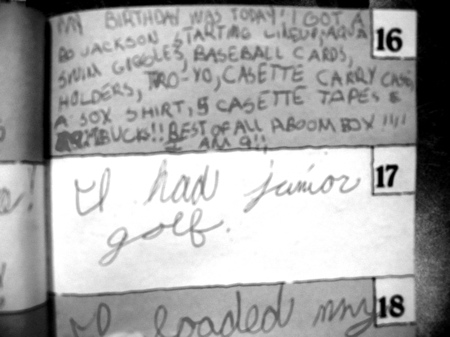A friend of a friend, Jeff Johannigman, of People Type Consulting, recommended this little gem of a book.
Do What You Are uses the Myers-Briggs system to give career advice based on your personality type. My dad and stepmom have taught Myers-Briggs for years, and it really is a helpful system to start thinking about “what makes you tick, and what ticks you off” (my stepmom’s words). I’m usually skeptical of this kind of stuff, but I have to say, the listings for my specific personality type in Do What You Are were spot-on. (Information Graphics Designer was right at the top of the list.)
You can learn more about Myers-Briggs at the foundation’s website. If you dig Jung, you might dig Myers-Briggs. They also have an online test to determine your type.
If you’re looking for a new career or just looking for a new job, Do What You Are — combined with the old standard, What Color Is Your Parachute? — is a great starting point.

